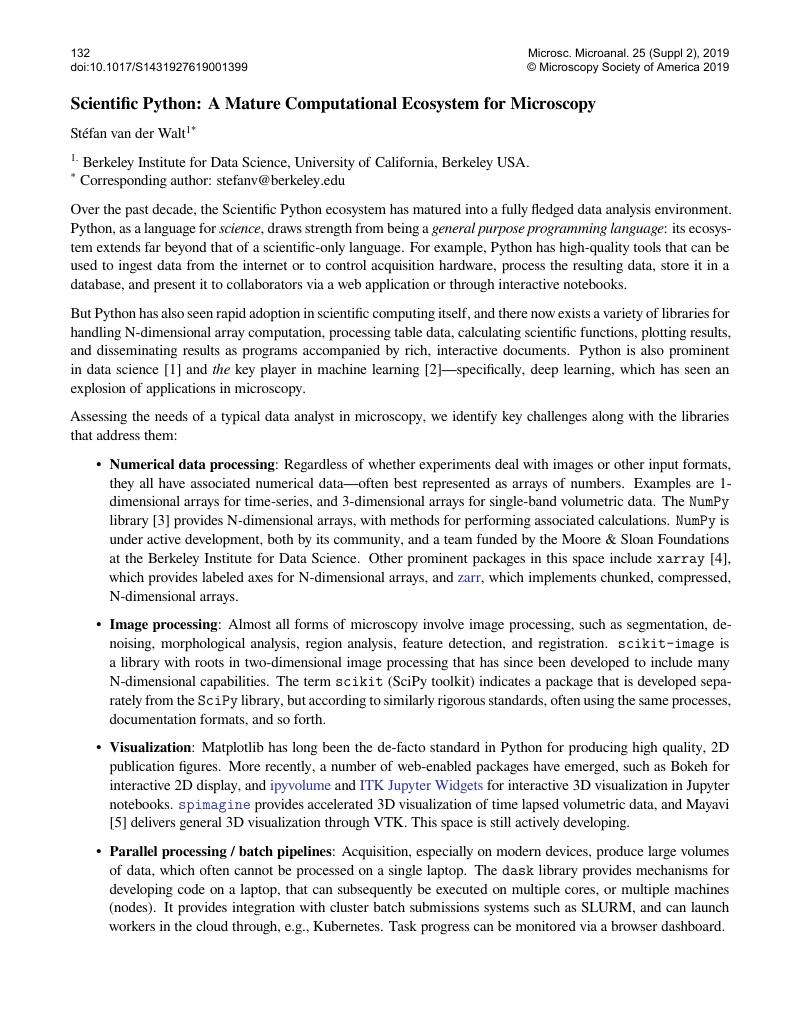Crossref Citations
This article has been cited by the following publications. This list is generated based on data provided by Crossref.
Chen, Jihua
2021.
Advanced Electron Microscopy of Nanophased Synthetic Polymers and Soft Complexes for Energy and Medicine Applications.
Nanomaterials,
Vol. 11,
Issue. 9,
p.
2405.



